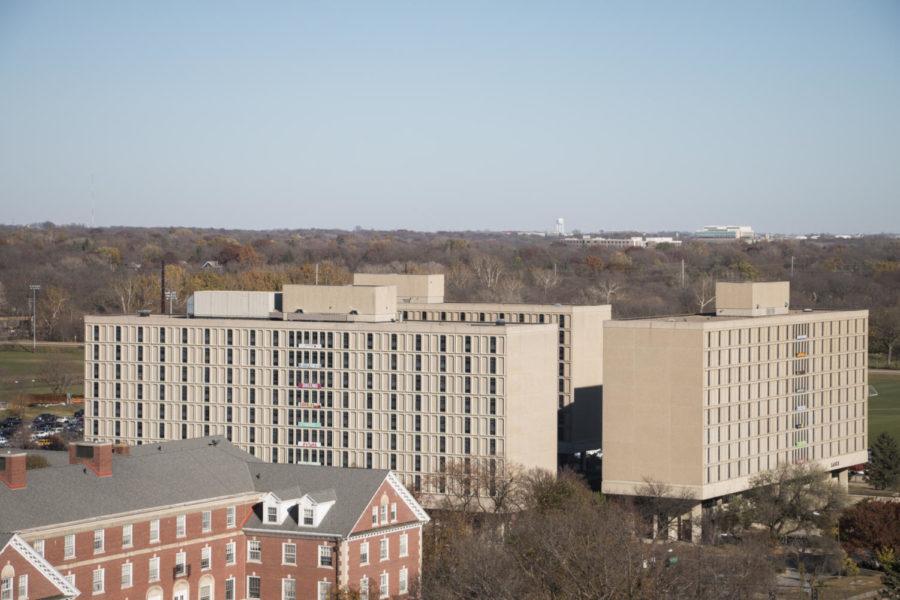Combining technologies, the Hybrid lab
September 21, 2011
E. coli and algae. Not everyone thinks of these microorganisms when the subject of biofuel comes up. Those very things, however, are currently being researched and tested by a joint effort at Iowa State University, with a $300,000 fund from the National Science Foundation.
“We ultimately want to make renewable fuels and chemicals from biomass; this is the very big picture,” said Dr. Laura Jarboe, an assistant professor of chemical and biological engineering. In order to help find and produce new fuels, they joined their thermochemical and biochemical technologies back in June 2011.
There are two paths in this renewable biofuel quest. The first is the use of an E. coli strain that Jarboe and her group works with. The second is using the lipids created by algae. This method currently is being researched by Dr. Zhiyou Wen, an assistant professor of food science and human nutrition in agriculture and life sciences, and his group.
Biomass is organic material such as plant stalks, leaves and any other organic material. To be able to make the biofuel, the biomass’s structure must first be broken down for the microorganisms to be able to eat it.
To breakdown the biomass’s structure, it goes through a thermochemical process, where the biomass is quickly heated without the use of oxygen, resulting in three products, bio-oil, syngas and biochar. The glucose in the bio-oil is what the microorganisms eat. The syngas is used in another research project. However the biochar, or leftover solids, can also be used as a fertilizer.
In the first method the E. coli is grown in a medium in a water bath at 37 degrees Celsius. The next step is to take a sample of the E. coli and put in a medium containing bio-oil. In the fermentation process, the E. coli eat the sugars in the bio-oil and produce ethanol. However, while the bio-oil is rich in sugars, it also contains inhibitors that harm or kill the microorganism. “We want to be able to have our bacteria to tolerate the inhibitors,” Jarboe said. To do this, Jarboe and her group have been engineering their E. coli.
This process is fairly simple. The E. coli is first grown in a medium. At the end, a sample is taken and put into a medium of bio-oil. The E. coli eat, and some of the E. coli mutate, developing a tolerance. A sample of these mutated microorganisms is then taken and grown, and the whole process starts again, producing more and more tolerant strains. What is learned from this can be used in the future, to produce other products. “We would like to extrapolate this to other bacteria,” said Jarboe.
The second path being explored by Wen and his group is the use of algae, more specifically the lipidsm, or oils, from the algae.
The algae is grown in a medium, and kept within a very specific temperature range, 20 to 30 degrees Celsius. The process Wen’s group uses is also different. “The process we are working on is heterotrophic, i.e., the fermentation process, you provide a sugar instead of CO2 to the microalgae,” Wen said.
“Whenever you pyrolyze the biomass, you cannot stop it from producing acetic acid,” Wen said. The algae eat the acetate acid, or the sugar, and reproduce cells. At the end the lipids are extracted, refined and processed to make fuels.
While the overall making fuel processes seem similar, there are key differences between the two methods. For instance, both methods deal in different fractions. The difference between fractions is how much sugar or acetate acid is in it. The algae process uses a light fraction bio-oil, which has more acetate in it, unlike the E. coli which uses a heavy fraction, which it has more sugar. Using the lipids from the algae is also little more cutting edge, because you can use it to produce other fuels besides ethanol, such as butanol.
“Dr. Brown’s group developed a fractionation system to separate the crude bio-oil into different fractions, the crude bio-oil is produced from the biomass pyrolysis process,” said Wen.
The search for greener alternatives to make our earth cleaner has been long. The use of E. coli and algae is just one more stepping stone toward that dream.
















